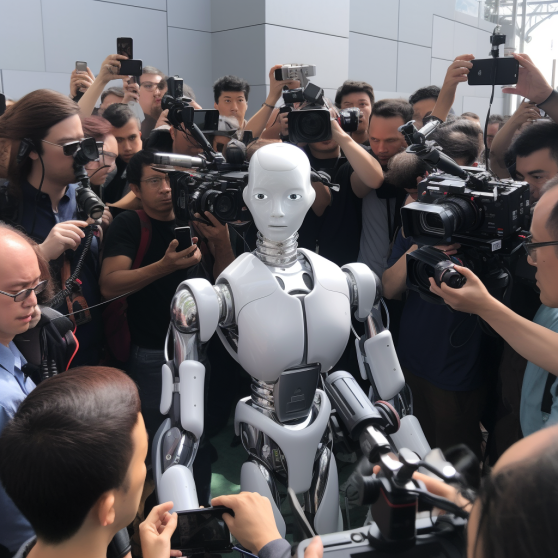April 27, 2023
Inside OpenAI’s ChatGPT: An Interview with CTO Mira Murati
Book a Demo
OpenAI is a renowned artificial intelligence research laboratory, known for its groundbreaking work in the field of natural language processing (NLP). One of its key achievements is the development of ChatGPT, a large language model that has the ability to generate human-like responses to a wide range of prompts. In a recent Insider Q&A session, OpenAI’s CTO Mira Murati shed light on the challenges involved in developing and improving ChatGPT.
In the interview, Murati talked about the importance of developing language models that can effectively understand and interpret human language. She explained that ChatGPT is designed to generate responses that are not only grammatically correct but also semantically meaningful, which is why the model has been trained on a massive amount of text data. According to Murati, ChatGPT’s ability to understand the nuances of language has been a major factor in its success.
Murati also discussed some of the ethical concerns surrounding the use of large language models like ChatGPT. She acknowledged that there are potential risks associated with the development of such models, including the spread of misinformation and the perpetuation of biases. However, she emphasized that OpenAI is committed to developing AI technologies that are safe, transparent, and beneficial to society as a whole.
The interview also touched upon the future of ChatGPT and natural language processing in general. Murati mentioned that OpenAI is constantly working to improve the model’s performance, particularly in terms of its ability to generate coherent and contextually relevant responses. She also highlighted the potential applications of NLP in fields such as healthcare, finance, and customer service, where AI-powered language models can be used to streamline processes and improve efficiency.
Overall, Murati’s insights offer a valuable glimpse into the world of AI research and development, and shed light on the challenges and opportunities associated with natural language processing. As ChatGPT continues to evolve and improve, it has the potential to transform the way we communicate and interact with technology, making it easier and more natural than ever before.



